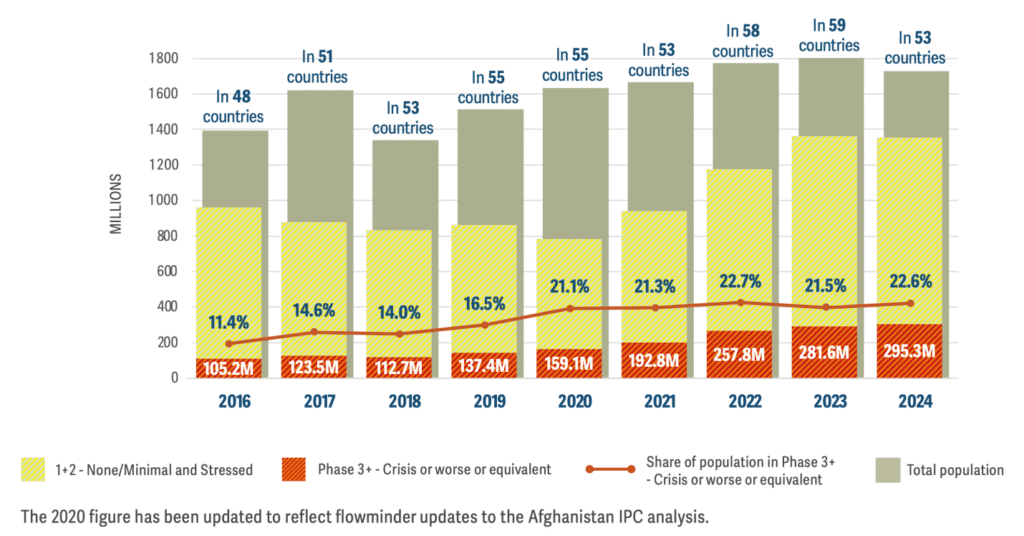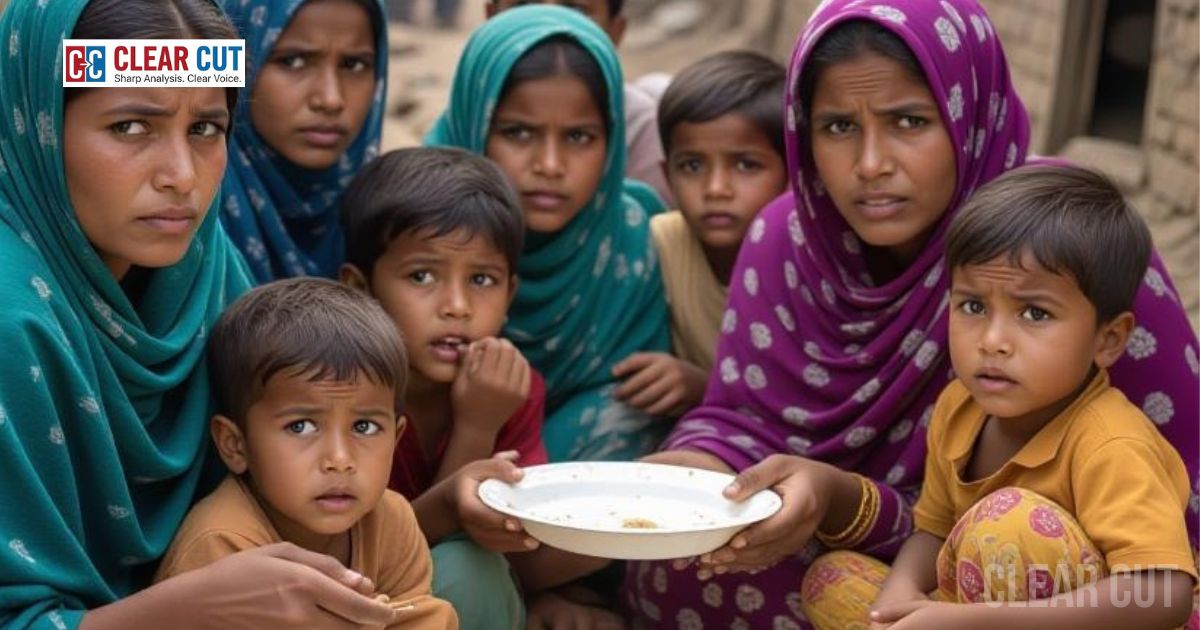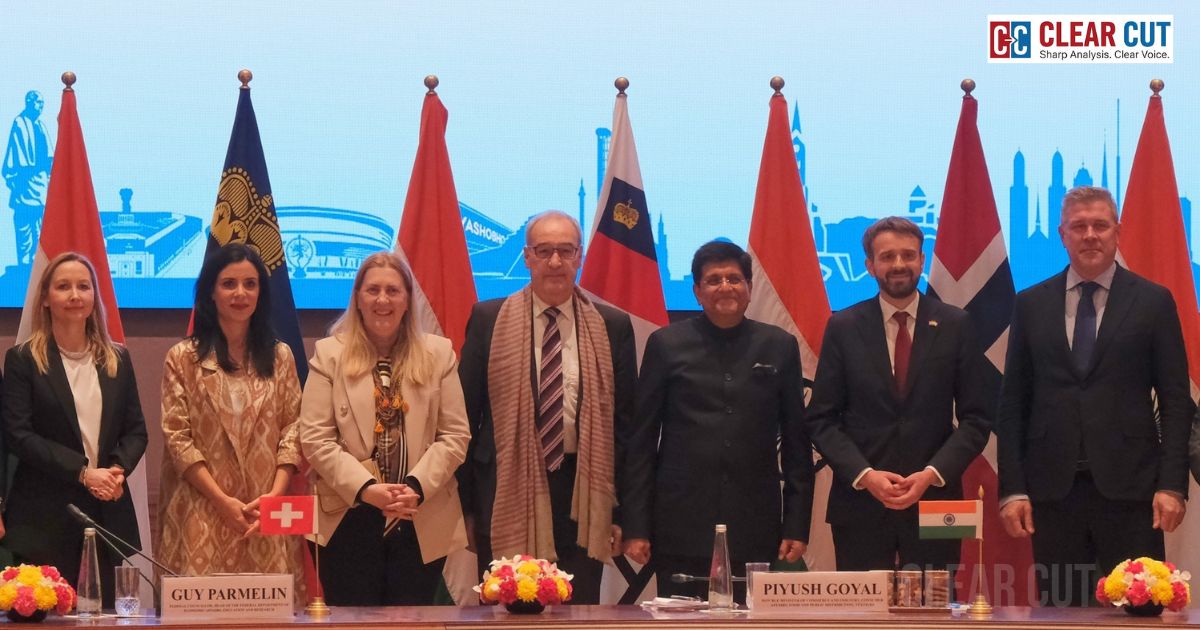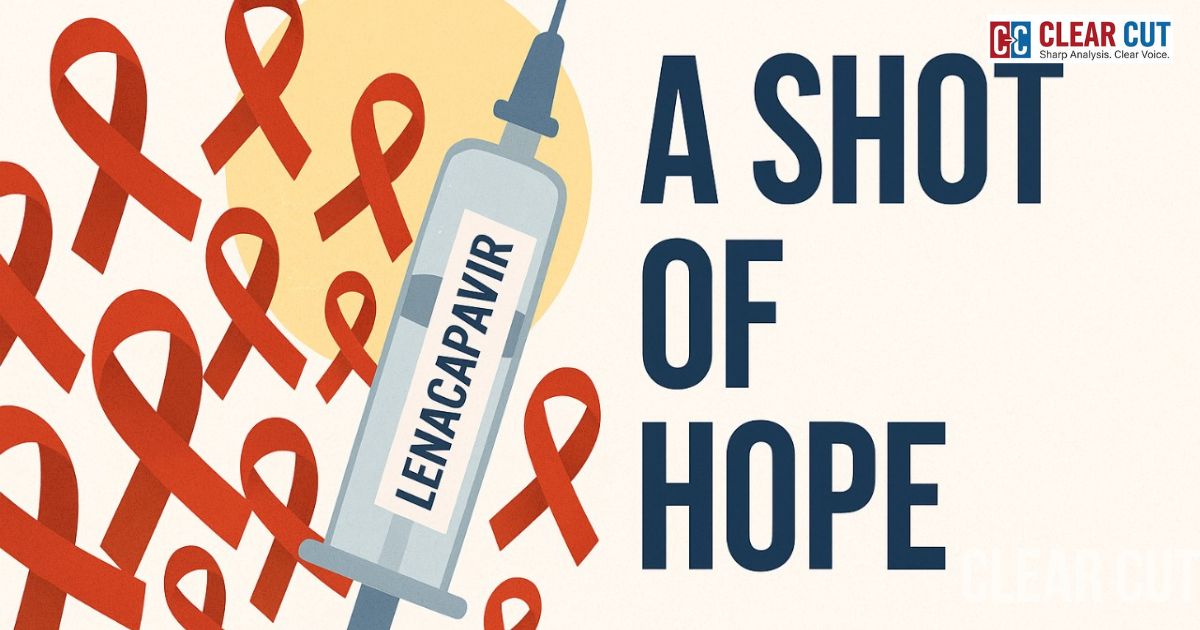Photo Credit: Antara Mrinal
Clear Cut Health Desk
New Delhi, UPDATED: Sep 18, 2025 04:50 IST
Written By: Antara Mrinal
The phrase ‘perfect storm’ from United Nations does not allude to weather conditions but rather to lives falling apart. During the month of September in the year 2025, UN officials were raising alarms about the rampant rise in hunger associated with the ‘blend of conflict, climate catastrophes, and starving assistance. Behind those words are families with no sources of food for the upcoming day and having children sleep hungry along with communities whose stamina is falling apart.
The Numbers behind Empty Plates
Severe hunger all around the world has skyrocketed over the past five years, more than doubling the number of its victims. In 2019, 135 million people were categorized as experiencing crisis-level hunger, however, by 2024 this number jumped to 282 million people (FAO, Global Report on Food Crises 2024). The World Food Programme (WFP) has been able to offer aid to 160 million people at one point; however, it is has had to reduce this number to just over 80 million people. In Bangladesh, a country that hosts 1.3 million Rohingya Refugees, the food has been reduced to the point that families eat almost exclusively rice and lentils (AP News, September 2025).

Number of people and share of analyzed population in GRFC countries/territories facing high levels of acute food insecurity.
Since the initial report by the Global Food Crisis Network in 2016, the population of food-insecure individuals has increased from 108 million to 282 million in 2023. In the meantime, the proportion of people affected in the concerned areas has doubled 11 percent to 22%.
From Fields to Famines
For some families, the crisis begins at home rather than in the help centers. In 2022, the floods in Pakistan caused by climate change had destroyed entire villages, leaving 33 million people homeless and farming land ran off 2.2 million hectares – that’s from the World Bank for 2023. Out in East Africa, a missed forecast of decrease in rainfall saw 23 million people pushed deeper into hunger during one of the worst droughts people can remember. Each blizzard, forgotten harvest, and drought deepens the cracks. Recovery is never fast enough. In the past, farmers boasted about their bumper harvests, but the situation now is drastically different. The land is barren, the seeds are damaged, and the need to borrow means one is in deep trouble. In their case, combating climate change is not a matter of discussion, but it is a matter of everyday life.
The Hidden Cost of Scarcity
Hunger isn’t solely connected with food; it revolves around everything that hunger strips away. In Sudanese camps, for instance, mothers forgo meals so that their children could have at least one meal a day. In Pakistan’s Sindh province, farmers who have suffered consecutive crop failures are drowning in debt, unable to purchase seeds or fertilizers for the upcoming season. In Bangladeshi refugee camps, minimized family rations coax individuals to dine on the same insubstantial meals, whichcompromise children’s health. The consequences are now visible in hospitals. The MSF reports a 35% increase in severe malnutrition child admissions in Africa and Asia camps from 2023. With a small child, hunger equates to more than just discomfort; it signifies chronic stunting, compromised immunity, or death.
When the Lifeline Fades
In Cox’s Bazar, the world’s biggest refugee camp, Rohingya refugee rations were reduced to 27 cents per day per individual, from 42 cents in 2022 (WFP, 2025). This contrasts with the United Nations Guidelines for Consumer Protection ethos, which stresses that vulnerable groups must be able to obtain enough, cheap, and nutritious food as an international matter of justice.
A Shared Responsibility
The UN’s “perfect storm” is not just a statistic; it reflects how vulnerable our world has become. Hunger is rising not because food is absent globally, but because access is broken, by conflict, disaster and indifference.
The promise of “zero hunger by 2030” is slipping out of reach. Yet the question remains: will the world act with urgency, or allow millions to slip further into despair?
At its heart, this crisis is not about numbers but about dignity, the dignity of every child who deserves a full meal, every parent who deserves the peace of knowing tomorrow’s food is secure. The choice to respond, to restore hope, and to protect that dignity lies with us all.
With inputs from:
- Associated Press, Sept 2025 – UN warning on hunger
- FAO, Global Report on Food Crises 2024
- WFP, 2025 updates on funding and rations
- UNICEF (2025) – Afghanistan malnutrition data
- UNHCR (2025) – Sudan displacement reports
- World Bank (2023) – Pakistan flood impact




